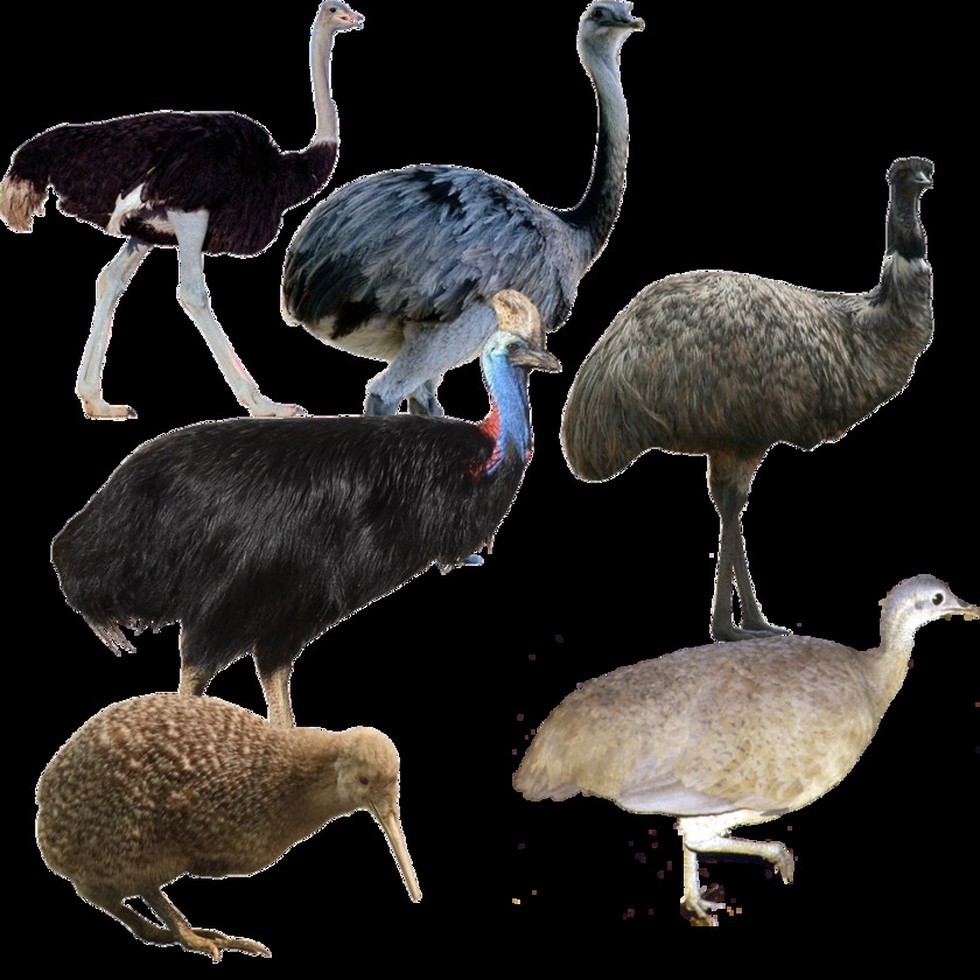
Palaeognath Birds

27.02.2025
Palaeognath Birds
|
For Prelims: About Palaeognath Birds |
Why in the news?
A new study by scientists from the University of Bristol in the United Kingdom has found that Palaeognath Birds like Emus and rheas are not exactly ‘dumb’ as assumed to be.
About Palaeognath Birds:
- These are grouped together on the basis of their distinctive palate morphology, from which they receive their name ("old jaw").
- Most of the birds classified in the Palaeognathae are also flightless, but not all flightless birds are classified in the Palaeognathae.
- These 50 bird species are very different from the other birds on the planet.
- They are the largest and heaviest avian specimens on Earth and may represent some of the first birds to evolve from dinosaurs.
- These birds are classified into two groups:
- Tinamiformes: These species have a keeled sternum and can fly (weakly), which include the tinamous of South and Central America; and the
- Ratitae, or ratite birds: They have flat sterna and reduced wings, and cannot fly at all.
- Examples: The African ostrich, the rhea of South America the Australian emu and New Guinea cassowary; and the kiwi of New Zealand.
Source: Down to earth
Consider the following statements regarding Palaeognath Birds:
Statement-I: These are the largest and heaviest avian specimens on Earth.
Statement-II: These birds are classified into two groups namely Tinamiformes and Ratitae and both cannot fly.
Which one of the following is correct in respect of the above statements?
A.Both Statement-I and Statement-II are correct, and Statement-II is the correct explanation for Statement-I.
B.Both Statement-I and Statement-II are correct, and Statement-II is not the correct explanation for Statement-I.
C.Statement-I is correct, but Statement-II is incorrect.
D.Statement-I is incorrect, but Statement-II is correct.
Answer C